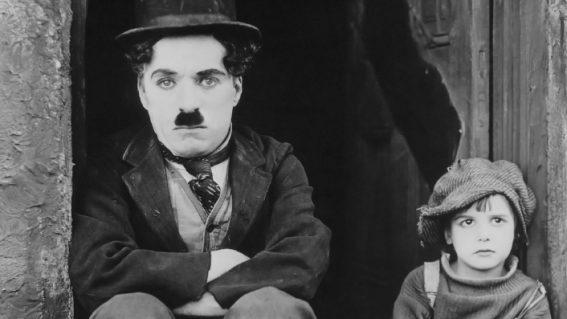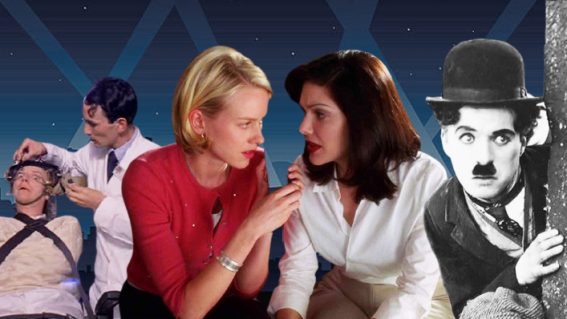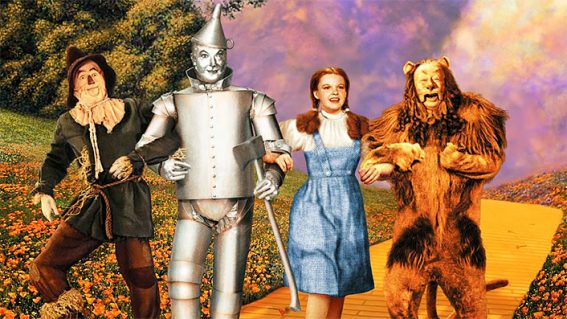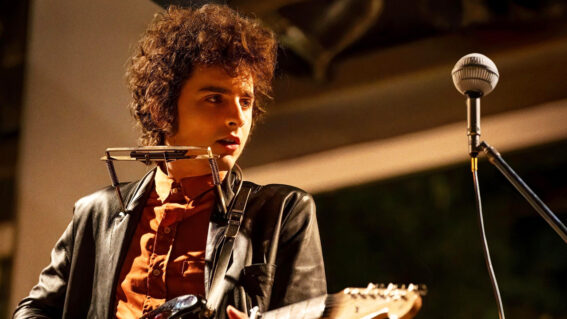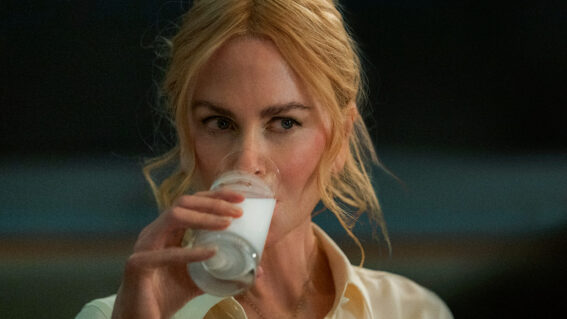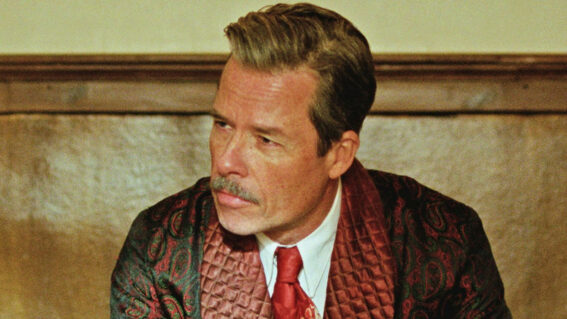Pinocchio and the problem of fantastical things in realistic looking films
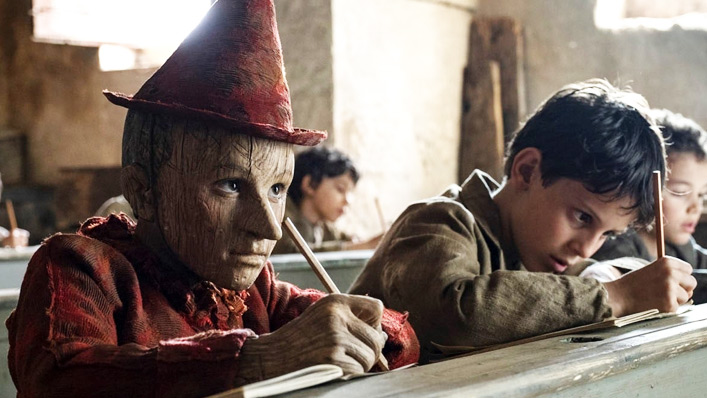
The new Pinocchio movie (now playing in cinemas) is a little wooden, writes critic Luke Buckmaster, but reinvigorates an interesting discussion about fantasy and realism.
Where is the feeling? The heart? The joy and life and sorrow and madness? An uneasy stillness permeates director Matteo Garrone’s new adaptation of Pinocchio, although to be fair, it does evoke a sense of sorrow, but more in tone than content: I experienced sorrow for the way it looks; for how it moves; for the creaks and groans of an old narrative that feels more like pop culture furniture than a vital canonical title.
See also
* All new movies in cinemas
* All new streaming movies & series
Using the word “wooden” to describe the film might be a little neat—but that descriptor is the first that springs to mind. More so than any other Pinocchio outing I’ve seen, among them Disney’s magnificent 1940 film, shonky animations released in 1958 and 1972, a nauseatingly cheesy 1996 version and Roberto Benigni’s ‘what the hell was he thinking’ 2002 vanity project. All those films with the exception of Disney’s have significant issues—but they come alive in their own (sometimes peculiar, often silly) ways.
So: “wooden” not in relation to the makeup of the puppet but the stiff formalism of Garrone’s approach, his version being one of those films determined to squeeze fantastical elements into the confines of the real world—or a world that looks just like it. Memorably peculiar creations are encountered along the way, all of which feel like refugees from a Guillermo del Toro trip.
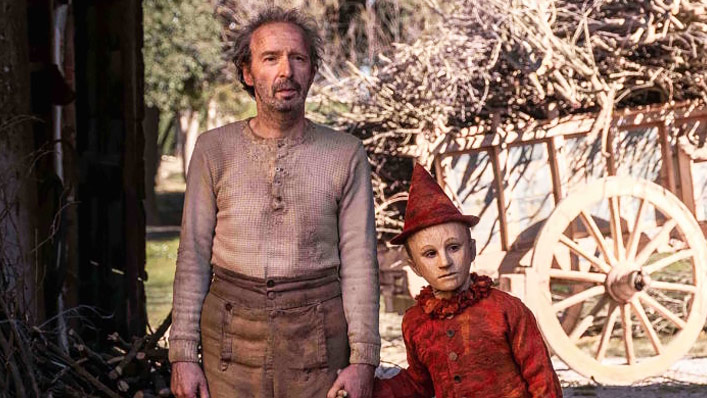
Meet the film’s weird creations
These characters have del Toro-esque designs but breathe different, dryer air, sans the gluggy surrealism of the Mexican auteur’s worlds (del Toro is, by the way, currently working on a stop-motion Pinocchio adaptation; mentioning his name and “Pinocchio” in the same sentence must be enough to make any film executive lunge for the checkbook). In this rendering of the classic tale, Jimmy Cricket is almost as large as Pinocchio. Other puppets are alive, meaning the protagonist is not unique. And there is a large hybrid snail woman whose rump is conjoined to a spectacularly massive coiled shell.
Roberto Benigni (most famous for Life is Beautiful) squeezes back into the Pinocchio universe as Geppetto—how good of him, how appropriate for him, to play the lonely woodcutter rather than the timbered tyke, as he did in his misguided 2002 film—which summoned the creepy sight of an adult in spotty pyjamas and a cone hat. Early in the piece Geppetto carves up a storm by the glow of a gas light, etching from a magical tree trunk what will become his son (of sorts).
Pinocchio starts talking before Geppetto is finished; before he even has limbs or a lower body—which I found rather unsettling. If the protagonist has already come to life while the craftsman is still chipping away, wouldn’t each subsequent dint of the chisel be the equivalent of a knife entering flesh? A silly question perhaps—but this sort of interrogation occurs when an fantastical object or element is presented in a film devoted to the concept of realism. You contemplate it through the logic of our own universe, not the magical one.
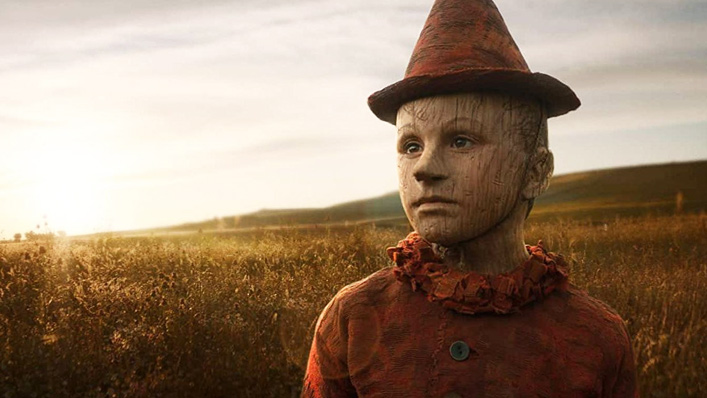
Cinema became obsessed with realism
Film theories arguing that the primary artistic function of movies is to hold a mirror to life and recreate reality, such as those espoused by the influential French critic André Bazin, have had a huge effect, pushing the medium further away from expressive form and into simulacra as content, wallowing in a supposed ability to transfer the world around us into cinematographic space.
Most of these theories were developed a long time before the emergence of CGI, which merges the real with the unreal, striving for an ultimate synthesis. Nowhere in the Pinocchio canon is an attempt at this synthesis goofier than in the 2015 version, which has the dumbest looking puppet of them all. Special effects people work tirelessly to improve the technology used to render lifelike things, while filmmakers remain content to operate within the same overarching framework—rarely changing the game in any meaningful way.
To get a sense of the missed opportunities, look at modern painting movements such as impressionism, post-impressionism, cubism, surrealism, pop art, street art. These have all reinvented form and purpose time and again, breaking old rules and forming new ones to create different ways of viewing and understanding.
Boundary-pushing films are rare
Boundary-pushing movements exist in movies too, though the vast majority are the filler in the middle of the sandwich, such as this rendition of Pinocchio, which advocate the idea that form never trumps content (the opposite is true). This is one of the reasons why Spider-Man: Into the Spider-Verse is so special: not only are there multiple Spider-Men from multiple universes, but each encapsulates a different aesthetic, born from realities in which different artwork defines the very matter of their universes.
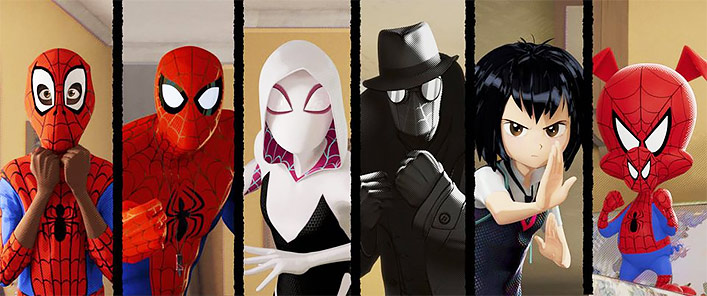
Garrone’s crowning achievement in Pinocchio is the creation of tension drawn from images with one foot in reality and the other in fantasy. Take for instance the disturbingly compelling vision of the protagonist hanging by rope and noose to a tree, and later, lying on the beach unconscious. Wait: do puppets get unconscious? There we go again, interrogating the film for the wrong reasons, or the right reasons in the wrong context.
Anyway: this umpteenth version of Pinocchio feels sort of similar but very different; like a dream that preys upon a particular series of memories. Occasionally being out of sync with reality (or out of sync with imagination) makes it interesting; most of the time, however, I wanted to grab the film and shake it to life.


